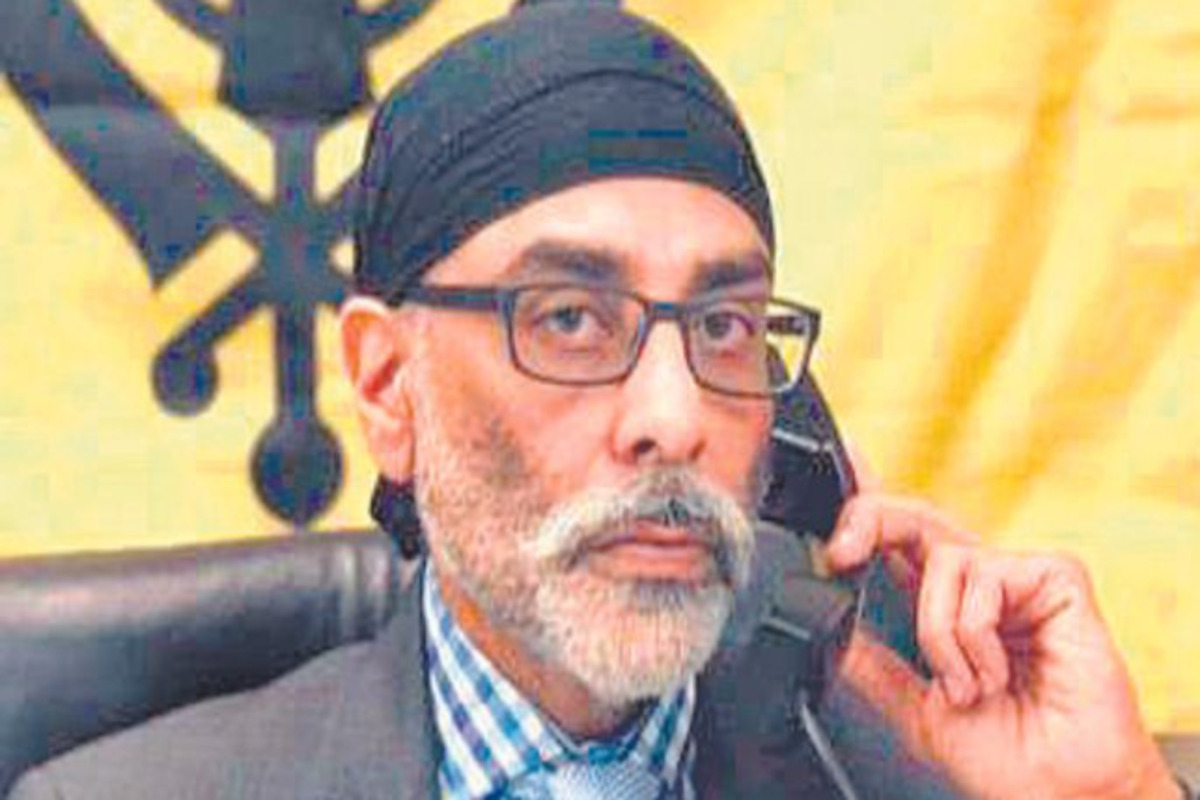Noida News: In a bid to combat air pollution, the district will enforce the Graded Response Action Plan (GRAP) starting October 1. This time, the restrictions implemented under GRAP will be more stringent than before, especially if the air quality index surpasses 200.
GRAP to be implemented
The initial phase of restrictions pertains to air quality indices ranging from 201 to 300. During this period, traffic police will initiate a crackdown on diesel and petrol vehicles that have exceeded their expiry date. The subsequent phase of restrictions comes into effect when the air quality index reaches 301 to 400.
A pollution prevention campaign will target identified hotspots, permitting only dual-mode generators during this initiative. The third phase of restrictions covers an air quality index range of 401 to 450, banning petrol four-wheelers of BS 3 standards and diesel four-wheelers of BS 4 standards.
In the fourth phase, the air quality index exceeds 450. During this phase, exemptions apply to vehicles registered outside NCR and those running on electric, CNG, or BS-6 standards. Regional Pollution Control Officer Utsav Sharma notes that GRAP will be enforced in four phases, much like last year, with similar restrictions.
Hotspot areas identified in Noida
The Regional Pollution Control Department has identified seven areas as hotspots for pollution control measures. These include Yamuna Pushta and Pushta Road, which face dust-related issues from the road. Sector-115, Sector-116, Sector-150, Dadri Road, Noida Greater Noida Expressway, Sector-125, Amity University are also on the list.
Furthermore, Noida Greater Noida Expressway, Sector-125 Amity University, Sector-62, Sector-104, Sector-62, and Dadri Road have been designated as pollution-prone areas due to traffic congestion. The Sector-62 area may witness increased pollution due to a nearby garbage dump fire at the Ghazipur site in Delhi. The recent flooding of the Yamuna has resulted in mud accumulation in the vicinity of Pushta areas, leading to pollution concerns, as the mud has spread onto nearby roads, potentially worsening pollution levels.
Keep watching our YouTube Channel ‘DNP INDIA’. Also, please subscribe and follow us on FACEBOOK, INSTAGRAM, and TWITTER.












